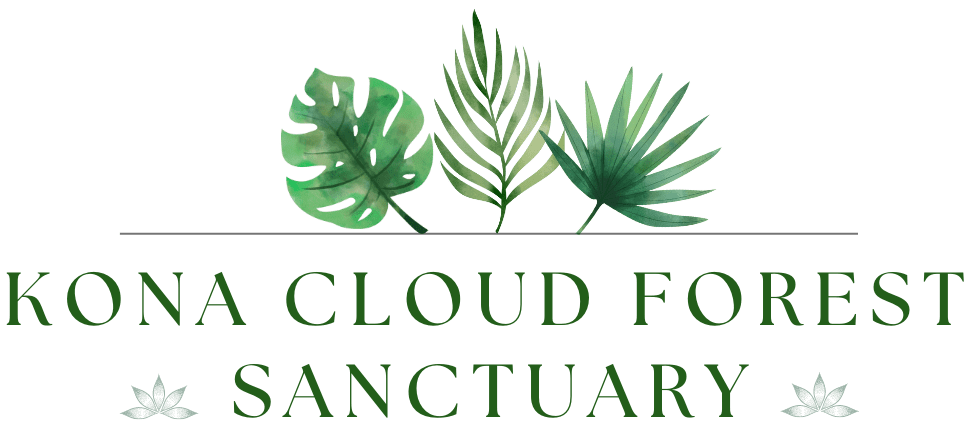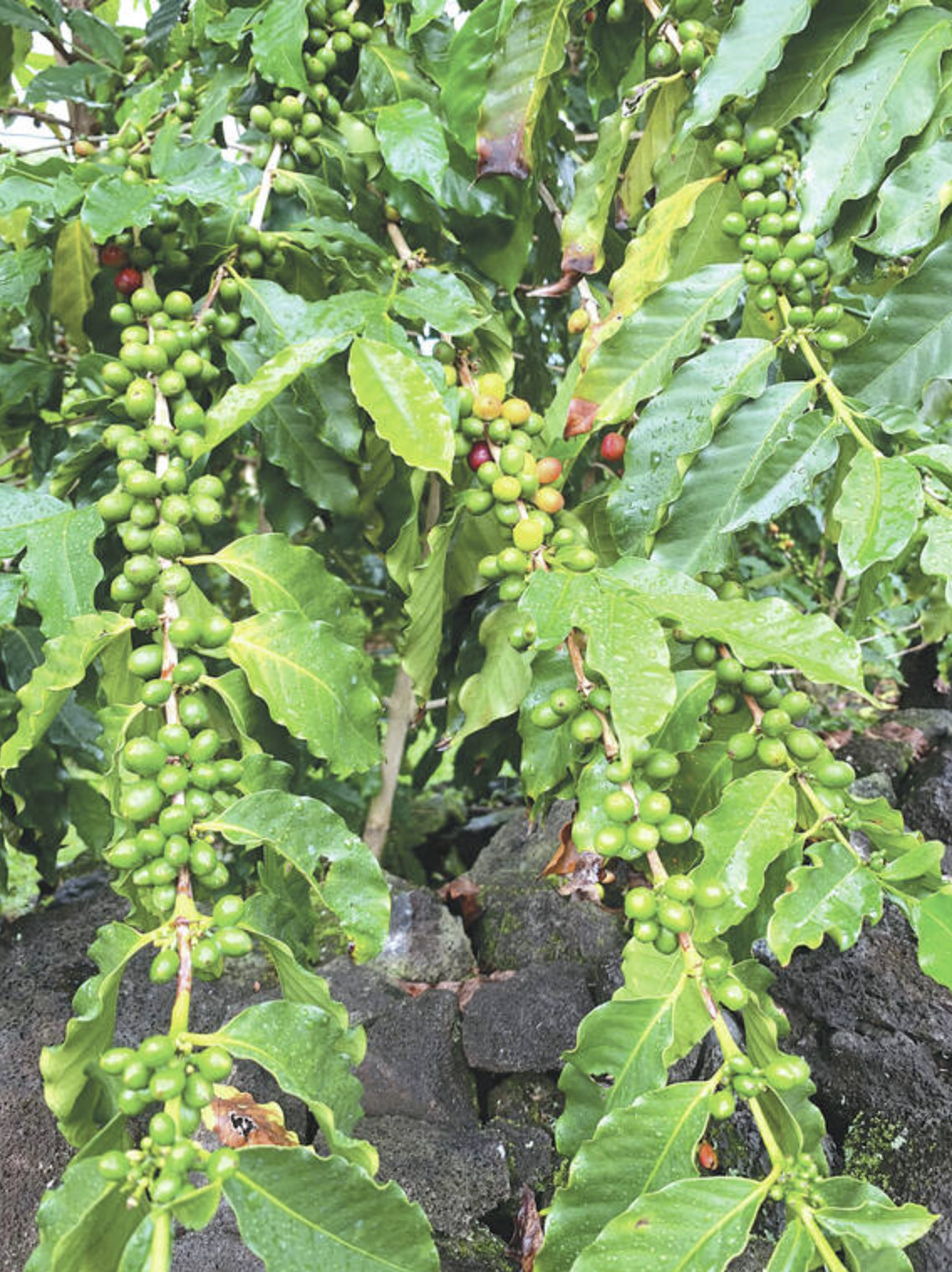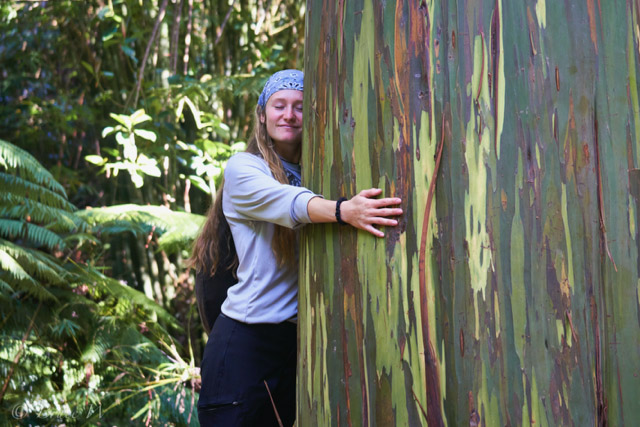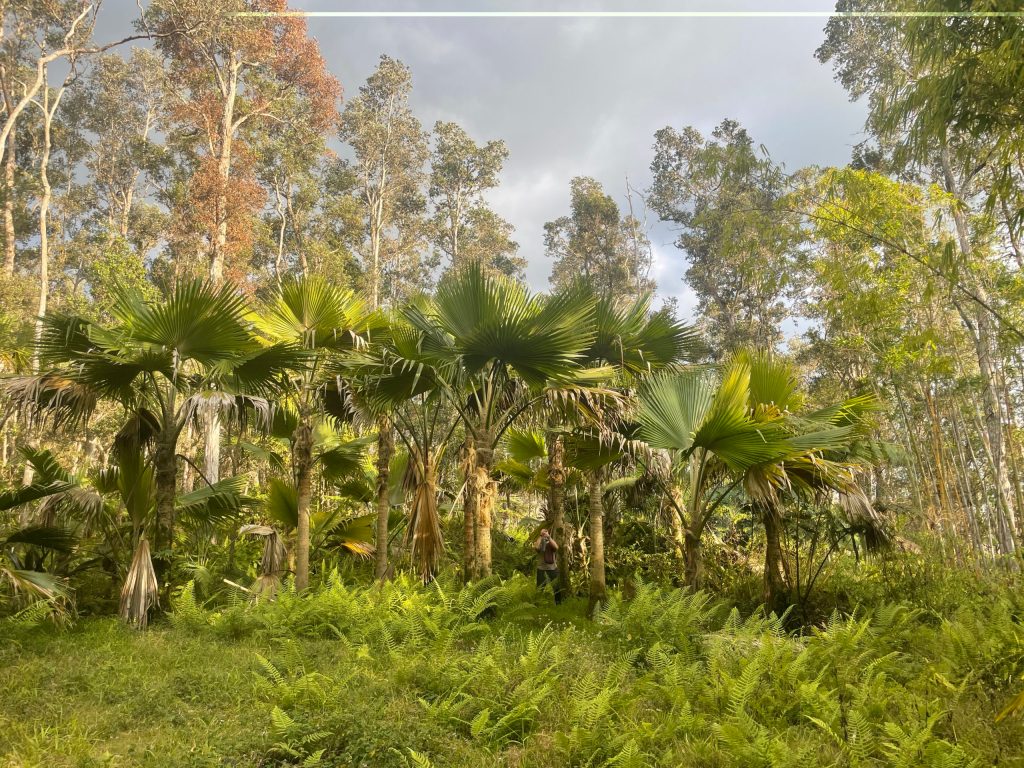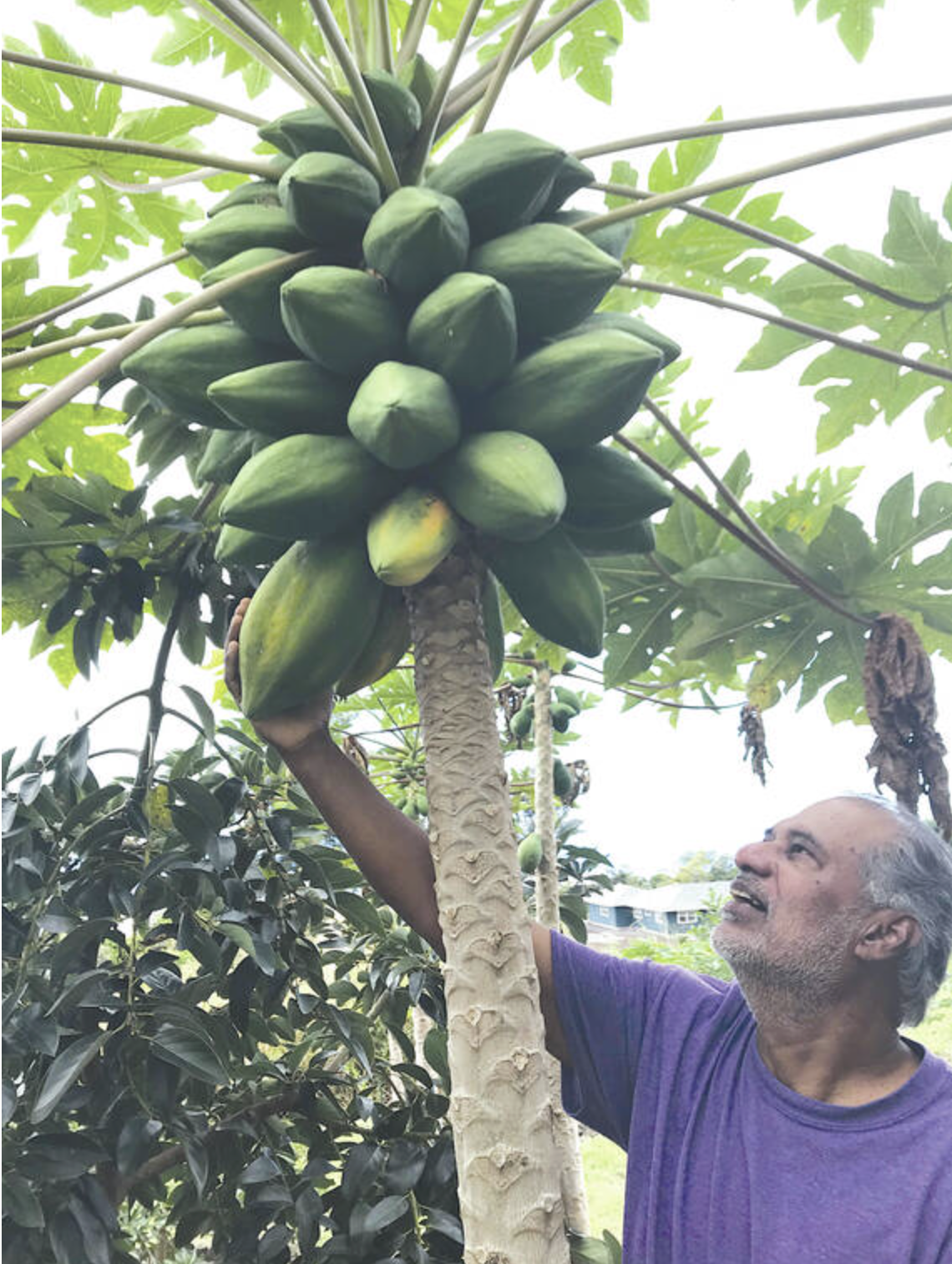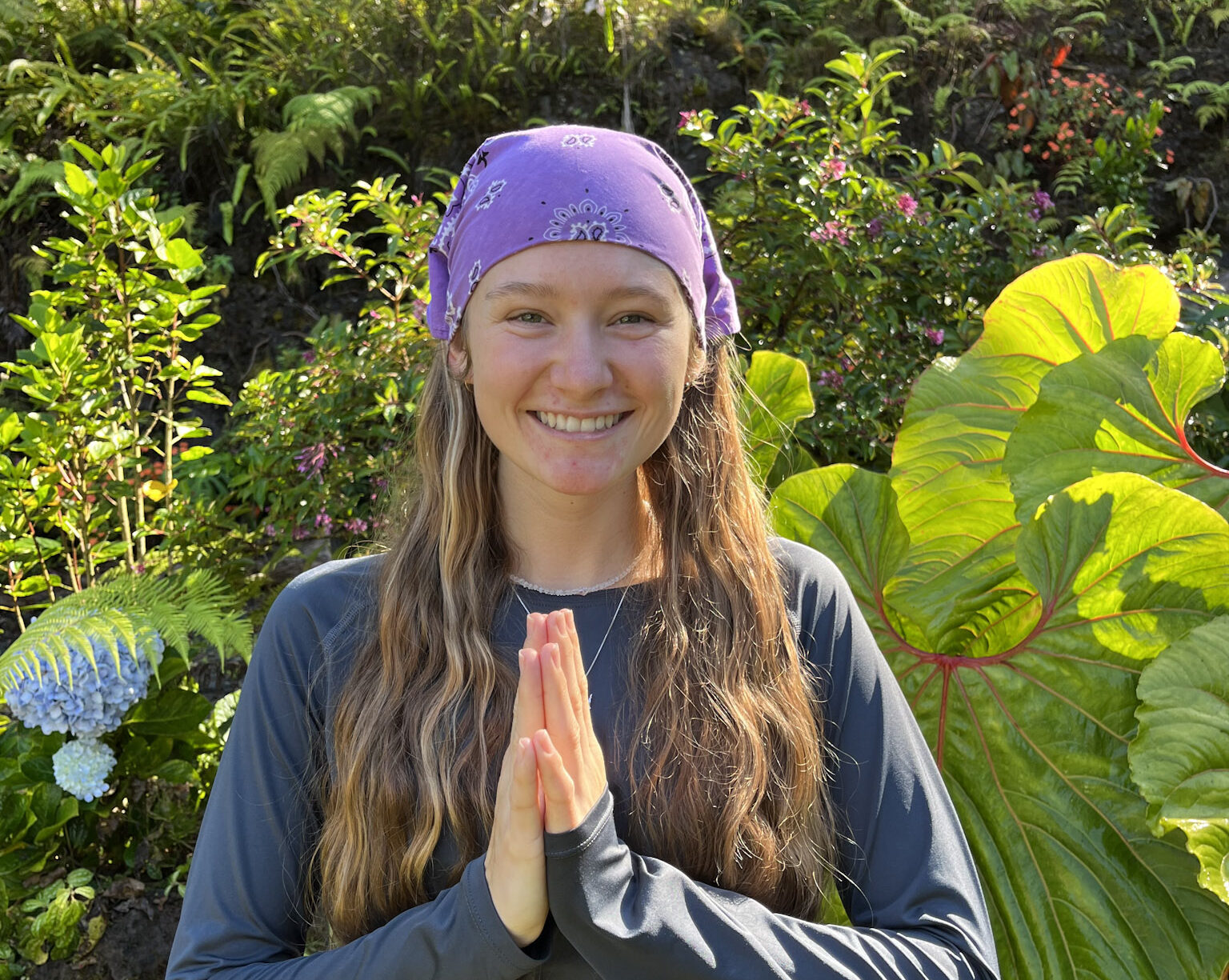As the 52nd annual Kona Coffee Cultural Festival comes to an end, the hard work and aloha of the coffee community concludes with today’s “A Taste of Kona.”
There were events all during the 10-day period including farm tours, art shows, parades, educational classes like barista training and live entertainment.
The grand finale is at the King Kamehameha Kona Beach Hotel. This will be an evening of culinary delights featuring local island chefs. Detailed information on getting tickets may be found at konacoffeefest.com
Coffee was introduced to Hawaii almost 200 years ago, where it thrived best in Kona due to the climate and ideal soil. Kona coffee experienced a quiet birth over a century ago, followed by growth, expansion, almost death and a rebirth that has put Kona on the map as a number one producer of top quality coffee. According to some top coffee marketers, Kona coffee is now considered to be the one of the world’s most sought-after gourmet coffees.
Each year the coffee festivals have been an opportunity for kamaaina and visitors to get acquainted with farmers, processors and restaurants serving our coffee.
A drive through mauka Kona is a beautiful sight, especially when our coffee is in bloom or fruit. We now have more coffee grown in Kona and the state of Hawaii than at any time in years. This expansion of Kona’s coffee is not the first time we have had a boom but now that our coffee is considered gourmet, we are working together to avoid the boom and bust syndrome of the world’s coffee industry.
The Kona coffee industry was born with a few coffee trees brought over from Oahu. They were first planted in 1828 by a missionary and teacher, Samuel Ruggles.
These were descendants of plants that came to Oahu from Brazil a few years earlier.
During the next almost 200 years, Hawaiian coffee has had many ups and downs, but creative marketing and cooperative efforts have insured a bright future.
Coffea arabica is the species grown here exclusively. Other species of commercial importance, but not grown here, include Coffea robusta and Coffea liberica. Examples of these and several related species may be seen at the University of Hawaii College of Tropical Agriculture and Human Resources Experiment Station in Kainaliu. Call 322-4892 to arrange a visit. The extension and research staff there has been instrumental in the success of the coffee industry.
Kona coffee is comparable to the finest of Central American mild coffees. The beans are heavy and flinty, with relatively high acidity, strong flavor, full body and fine aroma. It has been in demand as a blend, and in recent years as 100 percent pure Kona.
Although coffee can be grown in many areas of Hawaii, the Kona district is ideal. Being situated on the western leeward slopes of the central highland mass of the Big Island, it is protected from the prevailing northeast tradewinds by the volcanoes Mauna Loa and Hualalai. Unfortunately, new insects and diseases plus a changing climate may become additional challenges to coffee farmers.
Coffee has a long history in Kona.It has persisted despite many adversities and economic depressions, and for many decades was considered to be the economic backbone of the Kona District. Growing coffee has not been a limiting factor, since it grows wild in the understory of upland forests. The problems are the intense labor involved in pruning, fertilizing and harvesting..
The awakening of today’s vibrant and romantic coffee industry is complicated, but the key was teamwork. According to Curtis Tyler, Jr. who was manager of the American Factors Coffee Mill in Kailua, the concept of gourmet coffee came up as early as the 1950s, but it took years to bring the concept to fruition. Wing and Mayflower Coffee companies were the first to roast and package the highest quality Kona, but it was tourism that ultimately exposed Kona coffee to the world.
Pacific Coffee Cooperative, led by Mr. Yoshitaka Takashiba, and Kona Farmers Cooperative, managed by Les Glaspey and Bill Koepke, were active in revitalizing the Kona Coffee Council. Tom Kerr, as chairman of the council, was instrumental in bringing all the diverse interests of the industry together.
Today we have a new breed of coffee farmers producing world class estate coffees. Some original farms have survived the years and are thriving.
Others are owned or operated by entrepreneurs from the mainland, Japan, Southeast Asia and Latin Americ
